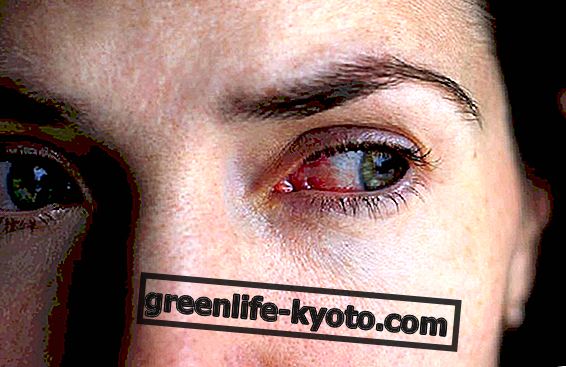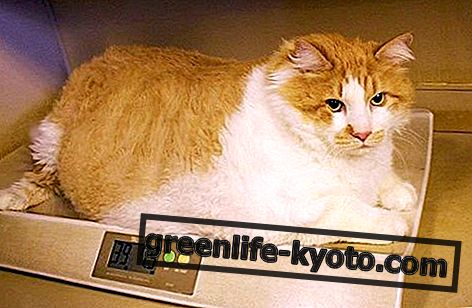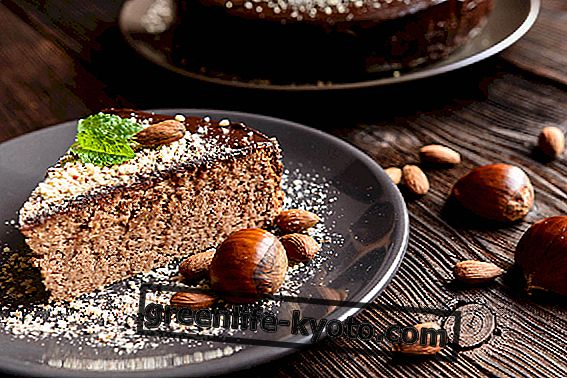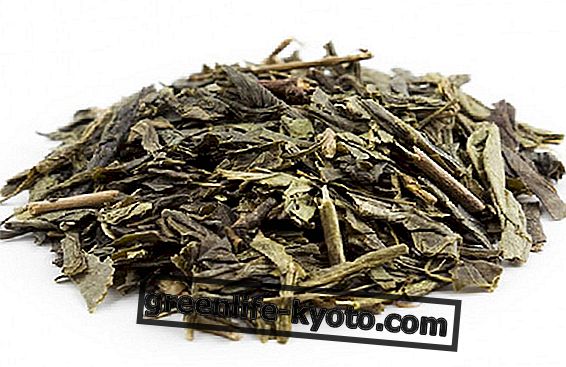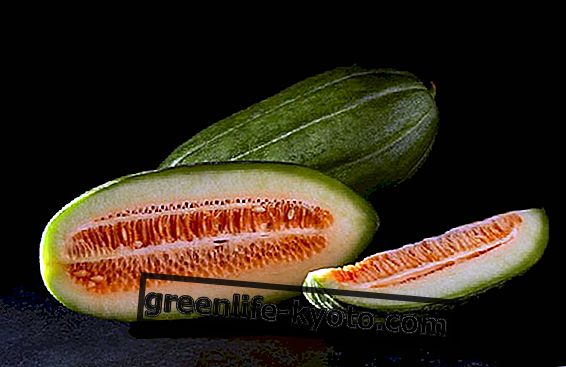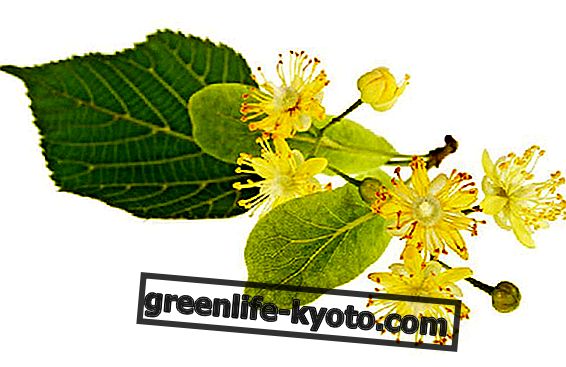
Italians and acupuncture needles
According to data reported online by the Italian Acupuncture Association, it would be about 6 million Italians who every year resort to acupuncture needles for many different reasons and, according to data emerging from a recent meeting sponsored by the Italian Society of Pharmacognosy (Siphar), they would be about 12 thousand acupuncturists, a number that puts Italy in third place after China and Japan. This suggests that Italians trust . In fact, it is widely believed that the traditional techniques of traditional Chinese medicine have no secondary effect on the body and are open to all individuals of all ages. Also acupuncture. And it's safe to stay: in Italy, only doctors and veterinary graduates can practice acupuncture. Whoever practices it without this requirement commits an illegal act, punishable by law (sentence of the Court of Cassation, 1982). Anyone who has been trained abroad in medicine must take the state exam in Italy to practice acupuncture. Basically, at least from us, you can't improvise acupuncturist. And elsewhere?
Acupuncturists in the world
It is estimated that worldwide, excluding China, the number of acupuncturists exceeds 100, 000 units. The World Federation Acupuncture Society (WFAS) brings together over 80 associations from 42 countries. In 1976, the World Health Organization gave full recognition to the International Acupuncture Training Centers. These are found only in Shanghai, Nanjing, Beijing and Korea. Recently, European Advanced Training Courses in acupuncture-moxibustion have been recognized in France, England, Holland, Belgium and Italy.
In our country these are promoted by the AIAM (Italian Association of Acupuncture-Moxibustion and Traditional Chinese Medicine) and by the Paracelsus Institute which has offices in Venice, Rome and Palermo. In other countries, unfortunately, there are no precise legal requirements regarding the education of operators, so anyone can claim to be an acupuncturist, making it difficult to discern the actual value of the licenses and education of acupuncturists.
Risks related to acupuncture needles
This, in broad terms, concerns training and legislation on acupuncture. But a certified professional can also make mistakes. Nobody is perfect, after all. And, since they are needles, someone might be worried about some risks. Speaking of acupuncture, Patrick Woo, a microbiologist at the University of Hong Kong, noted in his study how, starting in the 1970s, infections related to the use of infected needles were found during acupuncture sessions. In the seventies and eighties, there were around 50 cases of acupuncture-related infections worldwide.
The cause of most infections is related to the action of pyogenic bacteria, capable of causing the formation of an inflammatory exudate. However, one of the first causes of these infections is the poor disinfection of the skin, which also leads to aseptic arthritis and abscesses. Diseases such as endocarditis, endophthalmitis and meningitis, due to the constant presence of a bacterium, Staphylokokkus aureus, have also been found, albeit in a minor form. There have also been more severe cases, such as the contraction of diseases such as Hepatitis B and C and even HIV . Woo claims that there is a relationship between acupuncture and these diseases. In 2009 a first study was presented focusing on the transmission of Staphylokokkus aureus, a negative protagonist of cases of septic arthritis and osteomyelitis, which occurred after acupuncture sessions.
The British Medical Acupuncture Society, which published the results of a study, concludes that the risks of serious secondary effects after acupuncture sessions are in a ratio of 1 to 200, 000 . According to this proportion, acupuncture can be considered quite safe . A study by the National Institute of Health, which reports that "the side effects of acupuncture are extremely small and certainly less than conventional treatments" is of the same opinion. Cases of deep puncture on the chest (with entry of air) and collapse of the lung are also reported. Sometimes even accidental punctures of the heart. Other times, needle breaks occur. These are very serious cases. But we need to widen the field .
In fact, all these examples are very limited if we think of the number of successful sessions, without any secondary effect. In many countries, however, no checks are carried out . Anyone can call himself an acupuncturist. In other countries like ours, we repeat, you need to have serious professional qualifications, like a doctor or a veterinarian. This is because sterilized instruments and special sterilization equipment are required . The needle of acupuncture, unlike the common needle of the syringe, is full, that is it does not suck anything inside and does not collect liquids or blood. Therefore, the needle used by the acupuncturist is a very easy tool to sterilize. Once used, the needle is washed and then treated with dry heat or in an autoclave, without any problem. The sterilization of acupuncture needles takes place at 200-240 degrees, a temperature that kills all types of bacteria. The hepatitis virus also does not survive for two hours at these temperatures and the same is true for HIV. In autoclave, excellent results are obtained with even shorter times.
Often, disposable or single-patient needles are used for acupuncture sessions. The doubt always arises that then, in practice, after completing the course, an acupuncturist may not put these precautions into practice. A fact above all: Asia, home of acupuncture, holds 75% of chronic hepatitis patients in the world. It is not a given that certainly concerns only the acupuncture sector, but must be taken into consideration.
